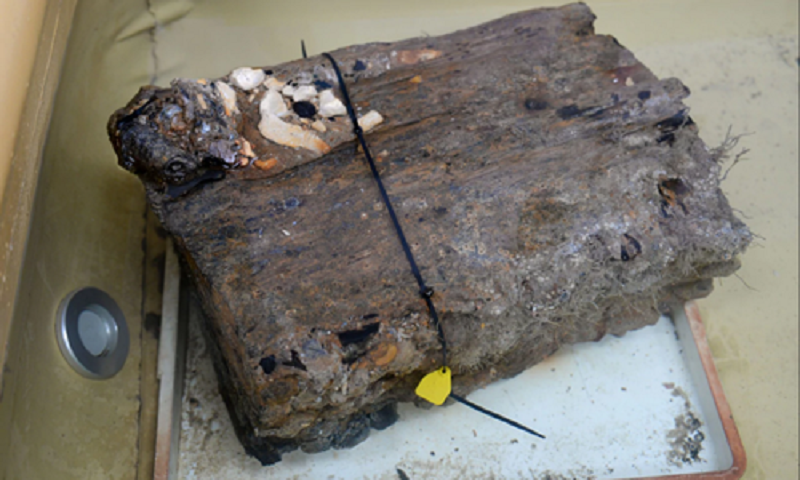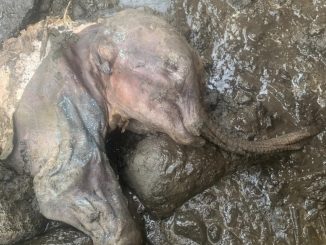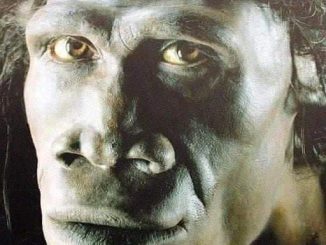Archaeologists found the remains of sailors along with three treasure chests and many other items on a shipwreck in England.
Scientists discovered many valuable items in the Rooswijk shipwreck. Photo: Historic England.
Marine archaeologists have just found three wooden treasure chests that may contain silver bars purchased from the East Indies and human bones in the Rooswijk shipwreck off the coast of Kent, England, Telegraph reported on August 18.
The merchant ship Rooswijk, owned by the Dutch East India Company, sank off the coast of Kent, England in January 1740 due to bad weather. At that time, the ship was en route to Jakarta to exchange silver and copper for pepper, nutmeg and porcelain.
There were about 250 people on board, including sailors, cargo guards, children and women. It is believed that all perished in the shipwreck.
The cause of death of the ship’s crew is being investigated by archaeologists, said Mark Dunkley, a marine archaeologist at Historic England. “We have started to search and recover skeletons. This is a big event because it is very rare to find remains in shipwrecks.”
Archaeologists plan to take DNA samples from the remains to search for descendants of the victims and use X-rays to examine the inside of three mysterious treasure chests before opening them. In addition, everyday items such as leather shoes, knives, tin pots… were also recovered from the wreck.

Treasure chest found in the Rooswijk wreck. Photo: Steve Finn.
Currently, this shipwreck relic belongs to the Dutch government and is managed by Historic England, England, representing the British Ministry of Digital, Culture, Media and Sports. Most of the finds, including silver bars, will be returned to the Netherlands, although archaeologists hope to display some valuable items in the UK.

An antique spoon was salvaged. Photo: Steve Finn.
Researchers identified the captain, Daniel Rousiers, and several crew members thanks to a mailbox that drifted into the town of Deal after the ship sank. However, all the remaining victims are unknown.
A diver found the wreck in 2005. However, people only conducted preliminary excavations and then stopped.
Last summer, Historic England realized that the ship was in danger of being destroyed by a species of marine worm. Exposure to sea water and air also causes the ship to become increasingly damaged, forcing archaeologists to accelerate research and preserve valuable things.



